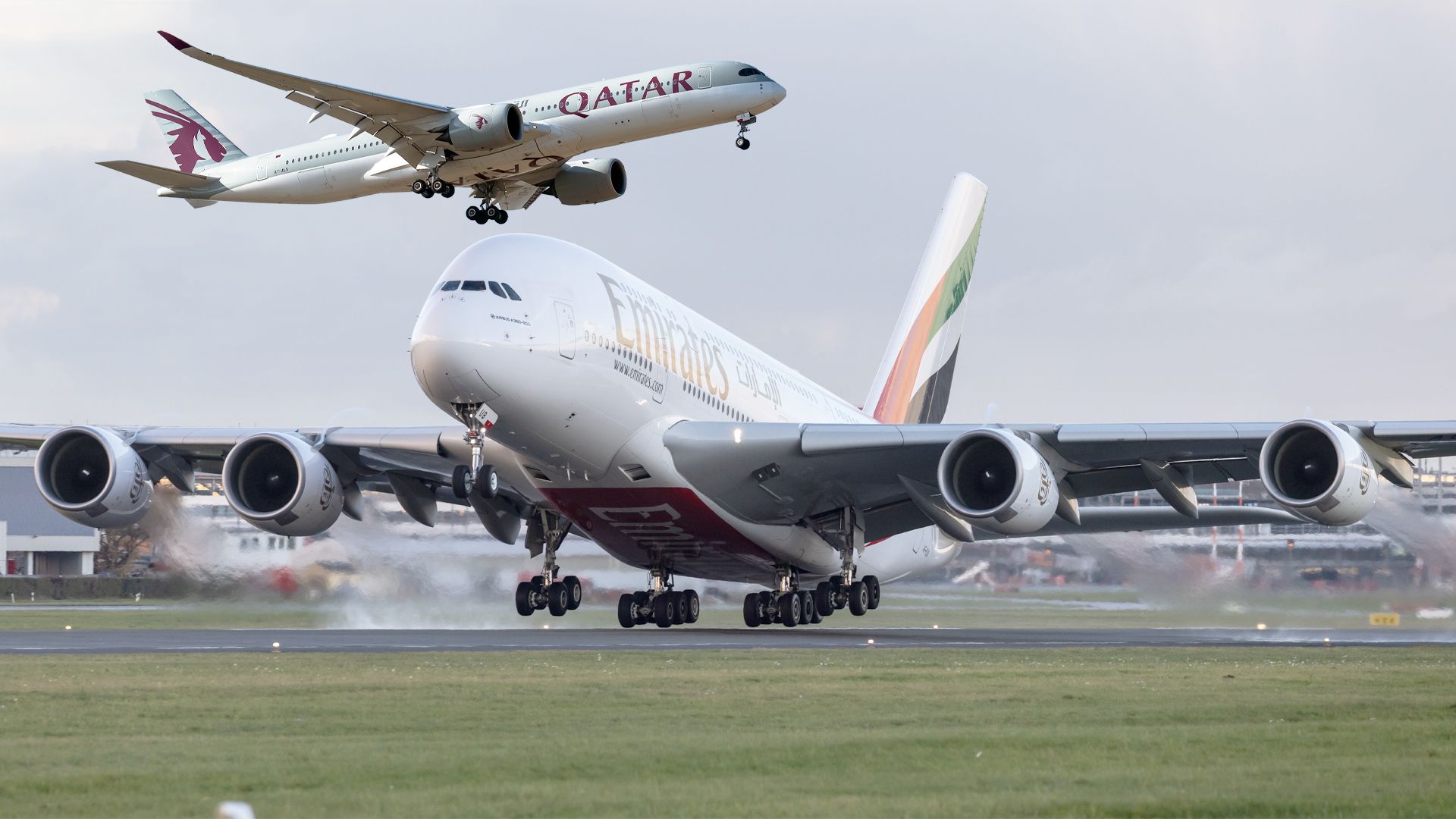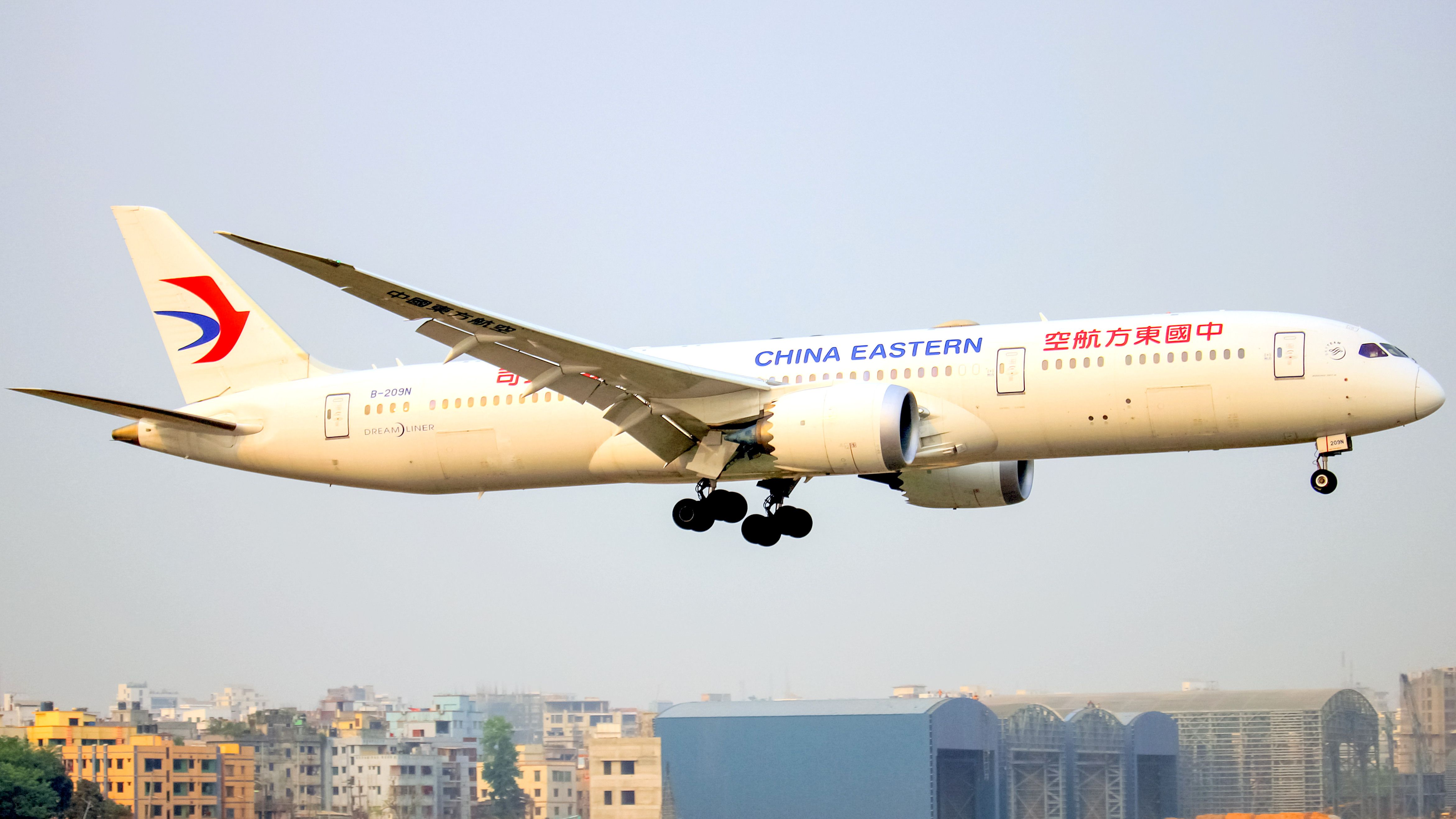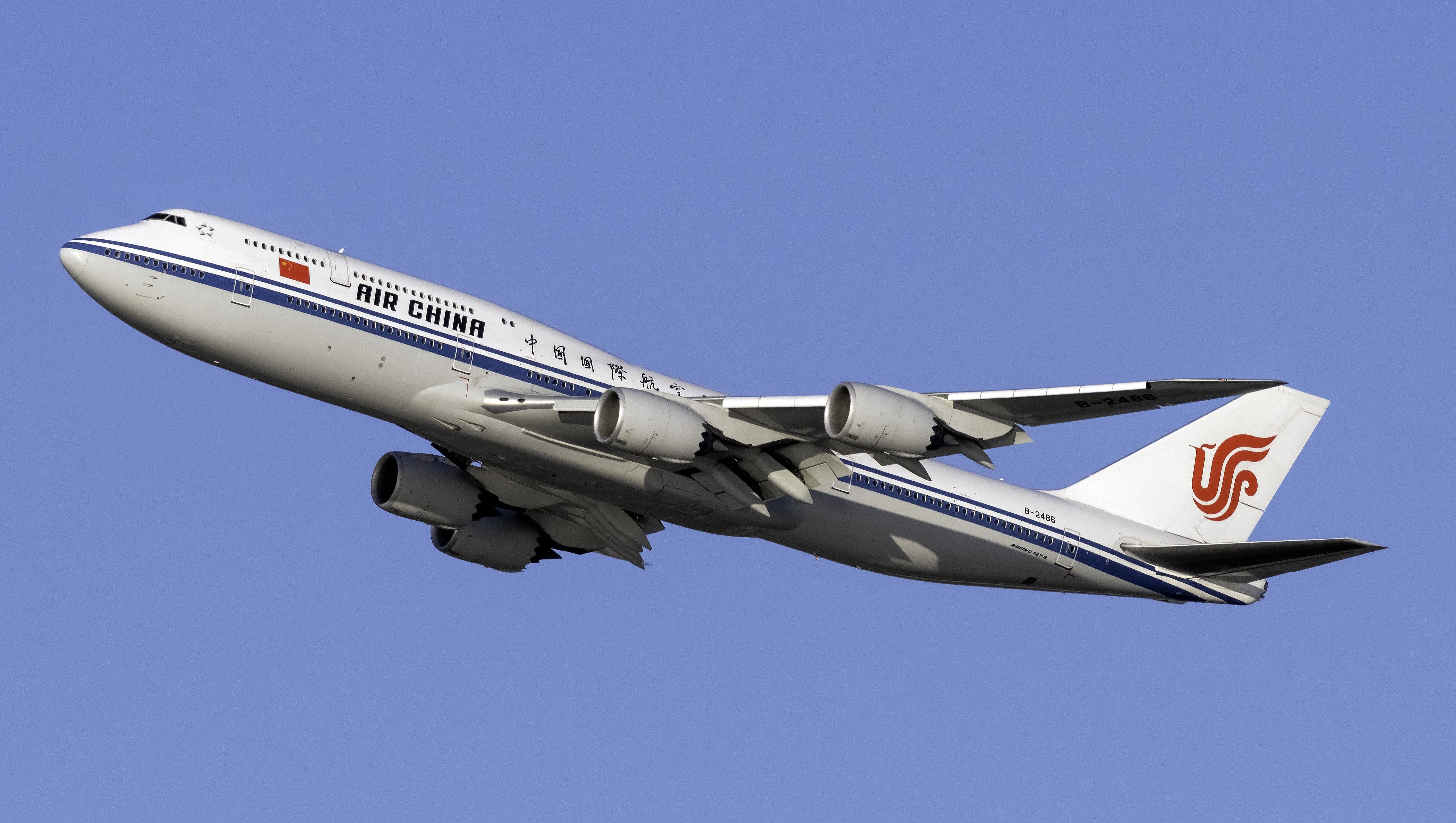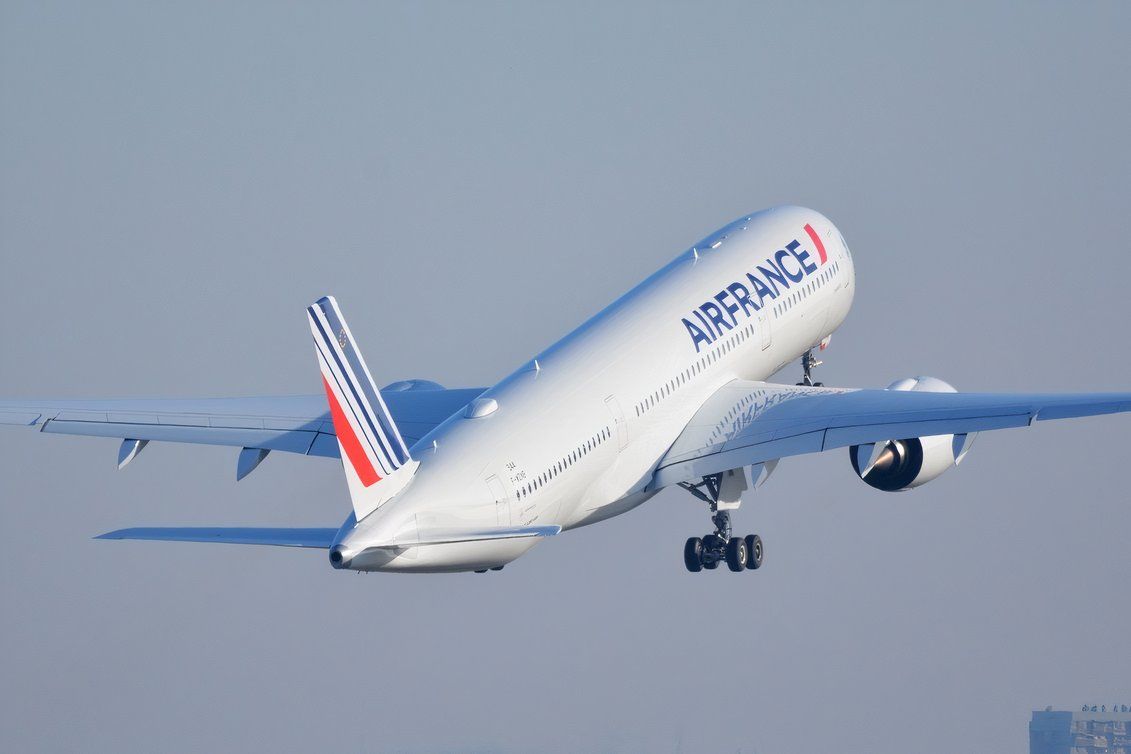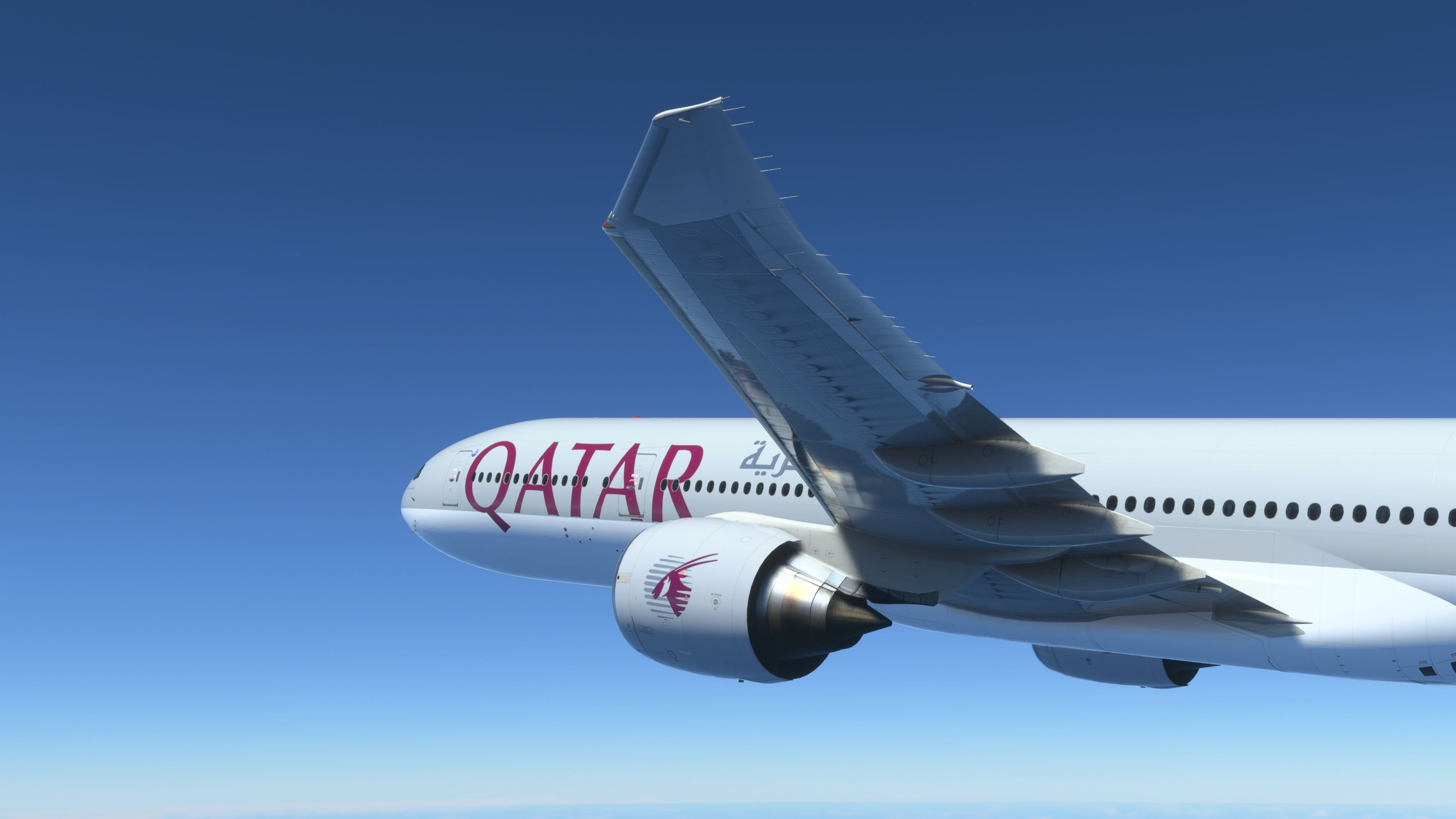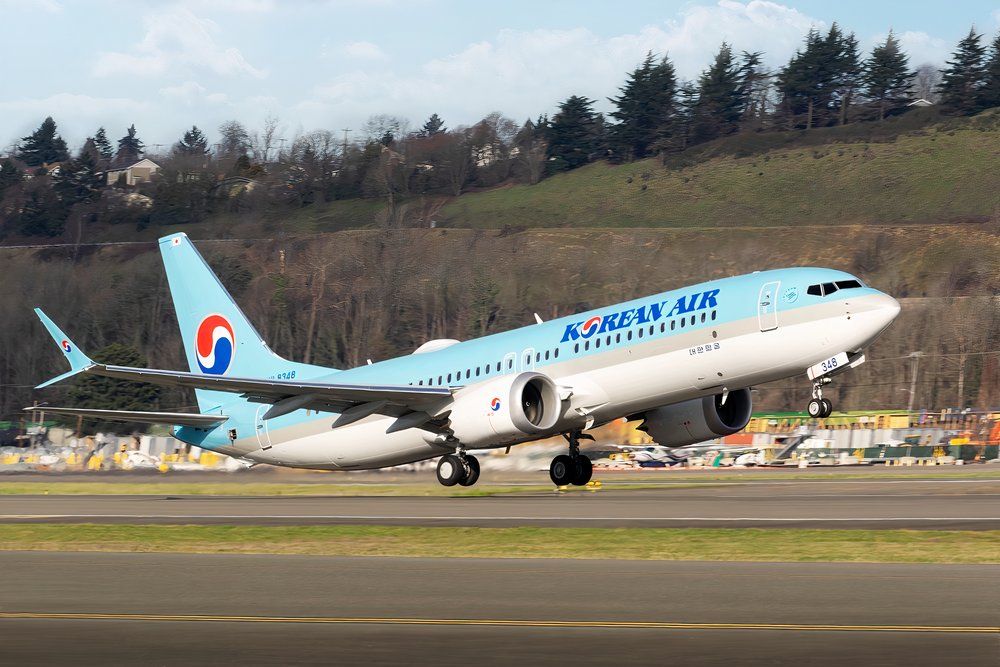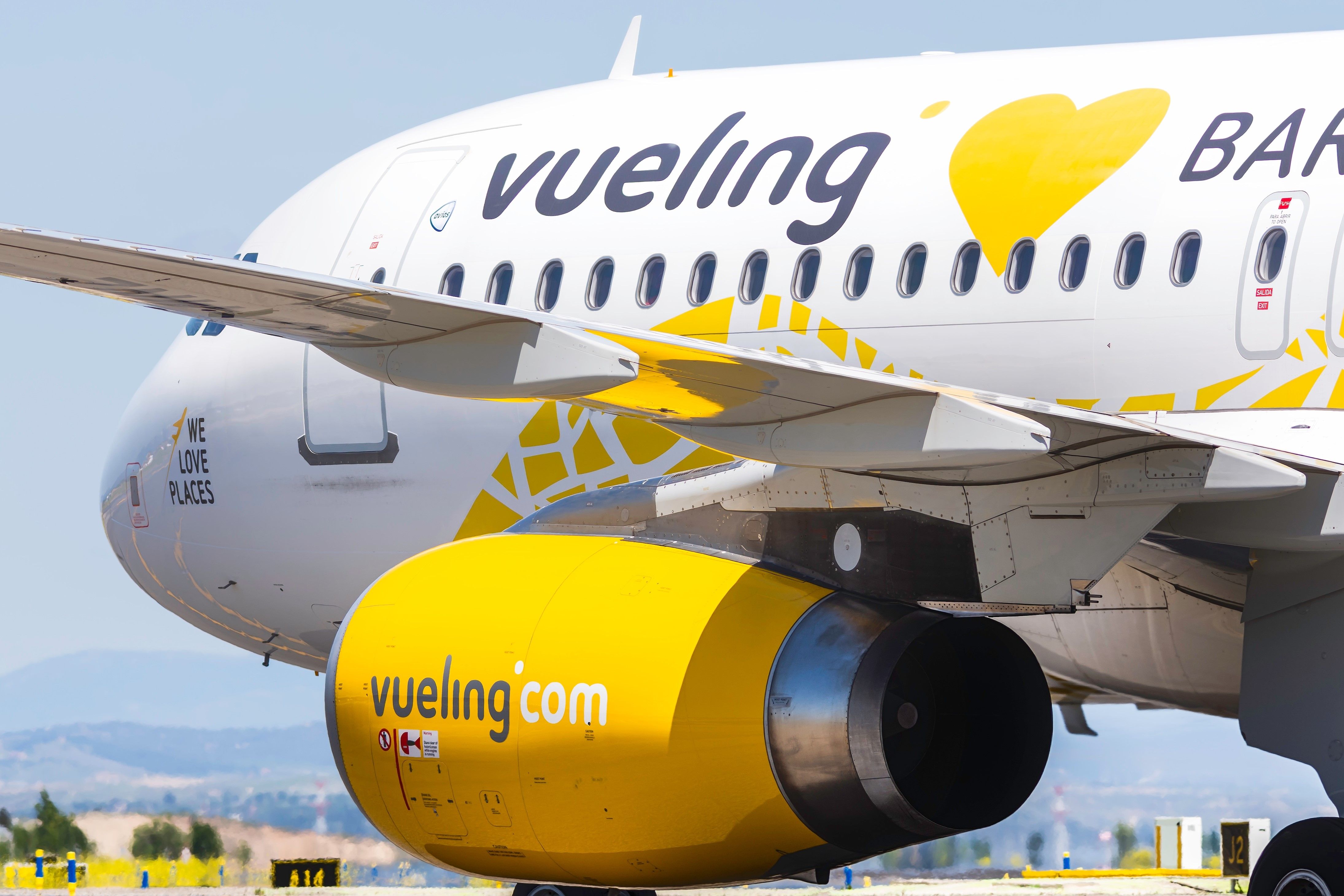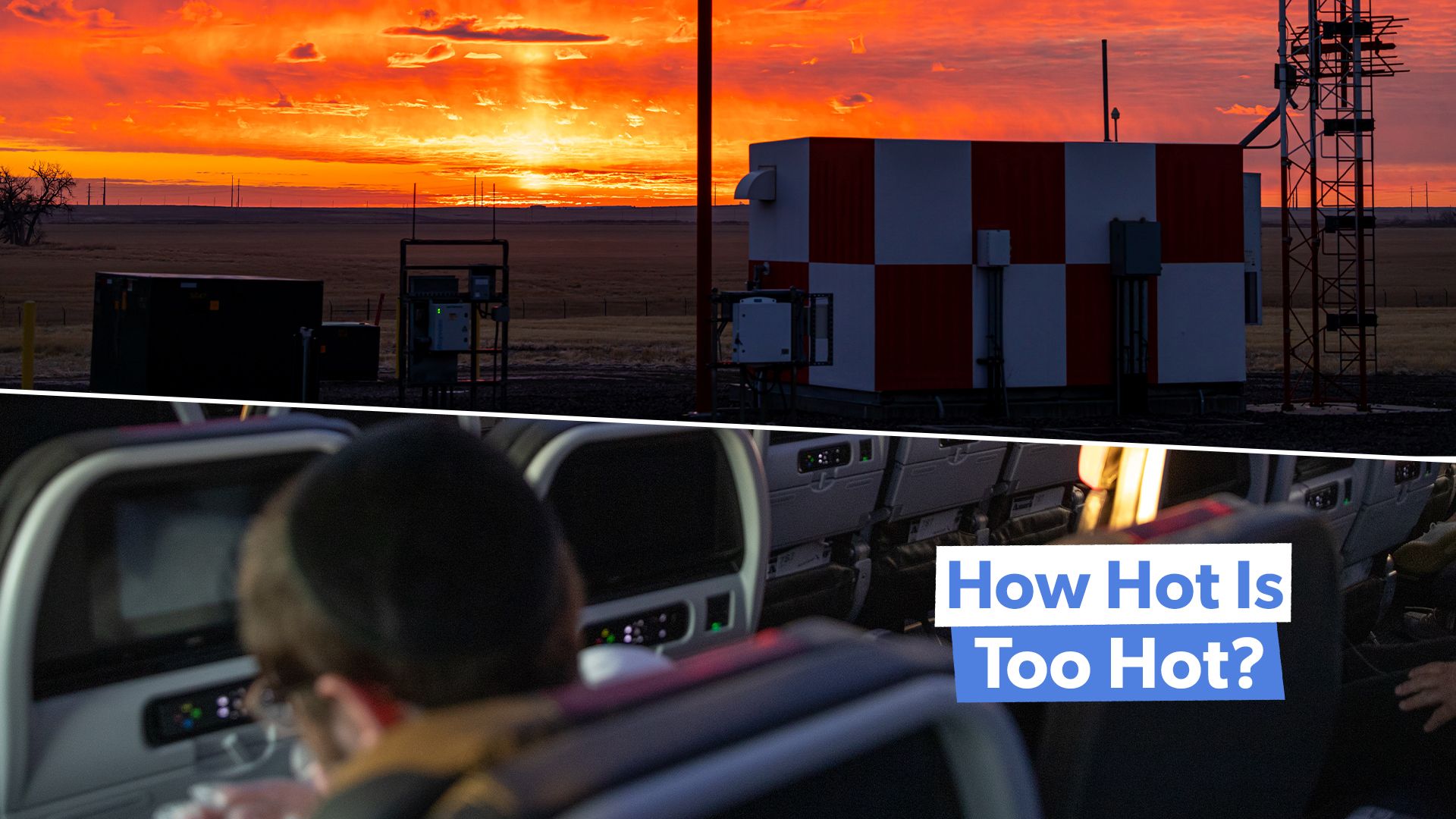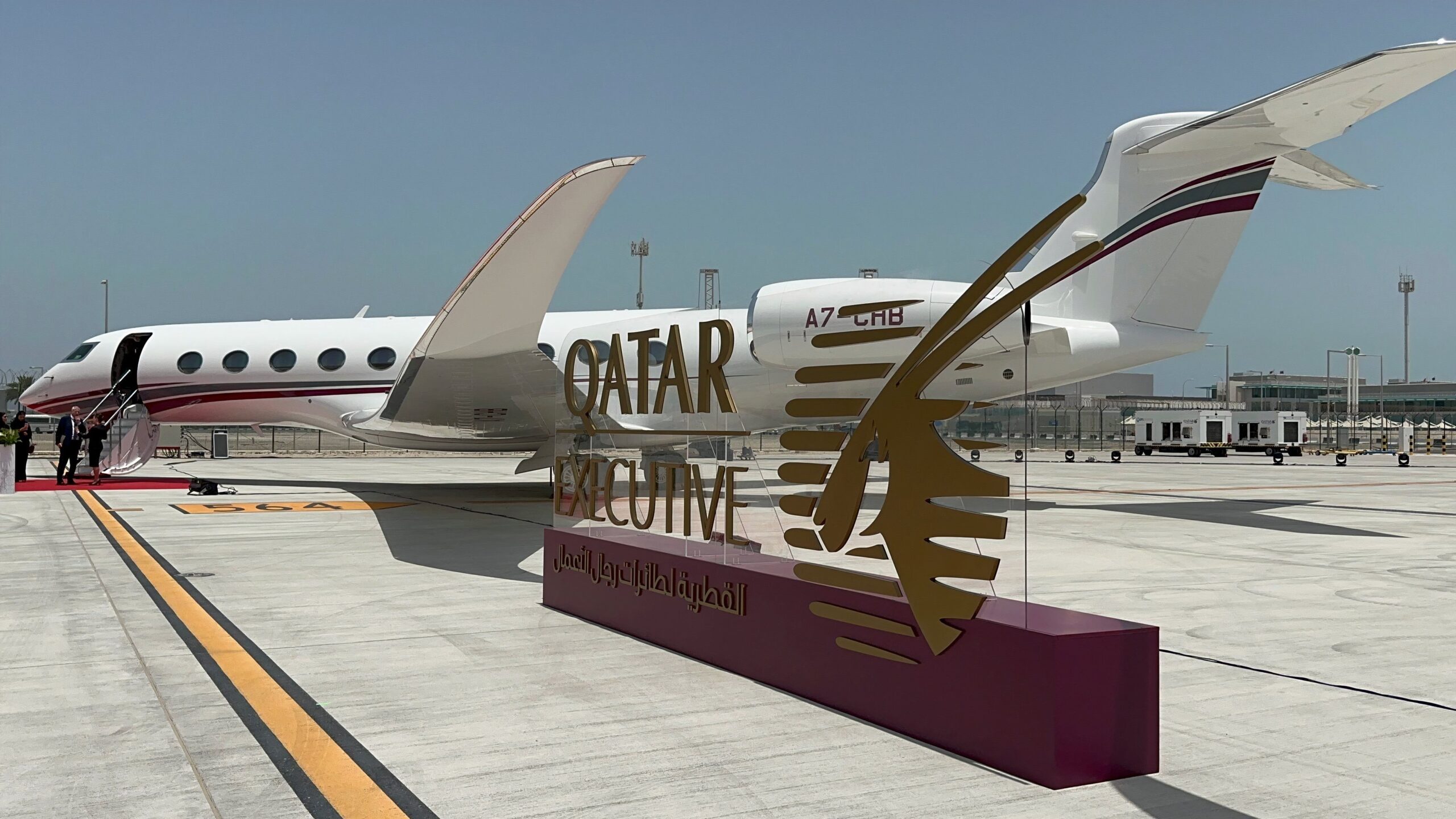In the US and Europe, most airlines are privately owned, focusing primarily on maximizing profits for their shareholders. However, many of the world’s biggest carriers are either fully or partially owned by their governments, which means they often operate with a different set of priorities. These airlines aren’t just about making money — they’re also tasked with supporting their country’s broader strategic goals. In this article, we’ll explore the ten largest state-owned airlines, ranked by fleet size from largest to smallest.
1
China Eastern Airlines
Fleet Size: Approximately 800 aircraft (including subsidiaries)
China Eastern Airlines, a dominant force in the skies, ranks as the sixth-largest airline in the world by destinations, offering services to 248 locations. This SkyTeam alliance member is primarily state-owned, with the Chinese government holding a 50.7% stake. Other Chinese state-owned enterprises contribute an additional 15% ownership, while foreign investors like Delta Air Lines hold a 9% stake.
In 2023, China Eastern Airlines reported a significant turnaround in its financial performance. The airline posted a profit of approximately 5.8 billion yuan (around $810 million USD), bouncing back from a loss the previous year. This impressive recovery was driven by a resurgence in travel demand, easing of pandemic restrictions, and strategic operational adjustments.
|
Year |
Profit |
Approximate USD Equivalent |
|
2022 |
-12.6 billion yuan |
-$1.8 billion USD |
|
2023 |
+5.8 billion yuan |
+$810 million USD |
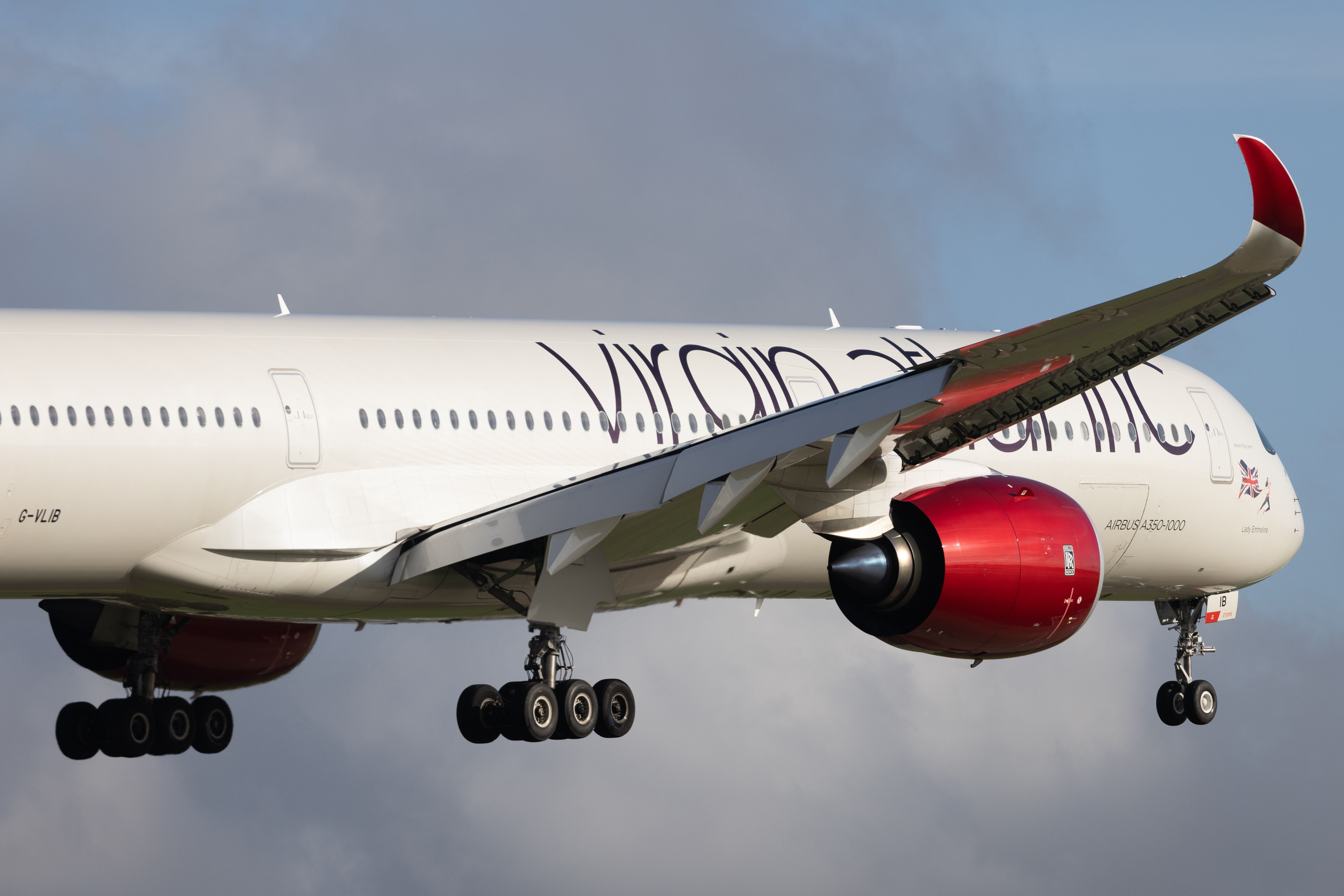
Related
Virgin Atlantic And SkyTeam Partner China Eastern Launch Codeshare
This means better perks and connectivity in London and Shanghai for customers.
China Eastern Airlines plays a pivotal role in China’s Belt and Road Initiative, which aims to enhance trade and connectivity between China and emerging markets across Asia, Africa, and Europe. The airline’s strategic importance extends beyond commercial flights, making it an essential tool for China’s geopolitical aspirations.
2
China Southern Airlines
Fleet Size: Over 650 aircraft
China Southern Airlines, another major player in Chinese aviation, operates a vast fleet of over 650 aircraft, connecting 216 destinations across the globe. The airline is predominantly state-owned, with the Chinese government holding a 75.4% stake. Additional ownership includes foreign investors like American Airlines, which controls 5.8% of the airline.
Photo: Markus Mainka | Shutterstock
Here’s a table comparing the revenue of China Southern Airlines for 2022 and 2023:
|
Year |
Revenue |
Approximate USD Equivalent |
|
2022 |
87 billion yuan |
$11.6 billion USD |
|
2023 |
248.1 billion yuan |
$33.08 billion USD |
China Southern Airlines is notable for operating one of the largest fleets of Airbus A380s outside the Middle East. Despite the decline in global demand for the superjumbo, China Southern continues to utilize the aircraft on high-traffic routes, emphasizing its commitment to capacity and passenger experience.
3
Air China
Fleet Size: Over 490 aircraft
Air China, one of the three largest airlines in China, operates a fleet of over 490 aircraft and serves 201 destinations. The Chinese government holds a controlling 53.46% stake in the airline, underscoring its strategic importance. Air China also has significant foreign investments, with Cathay Pacific holding an 18.13% stake.
Photo: Vincenzo Pace | Simple Flying
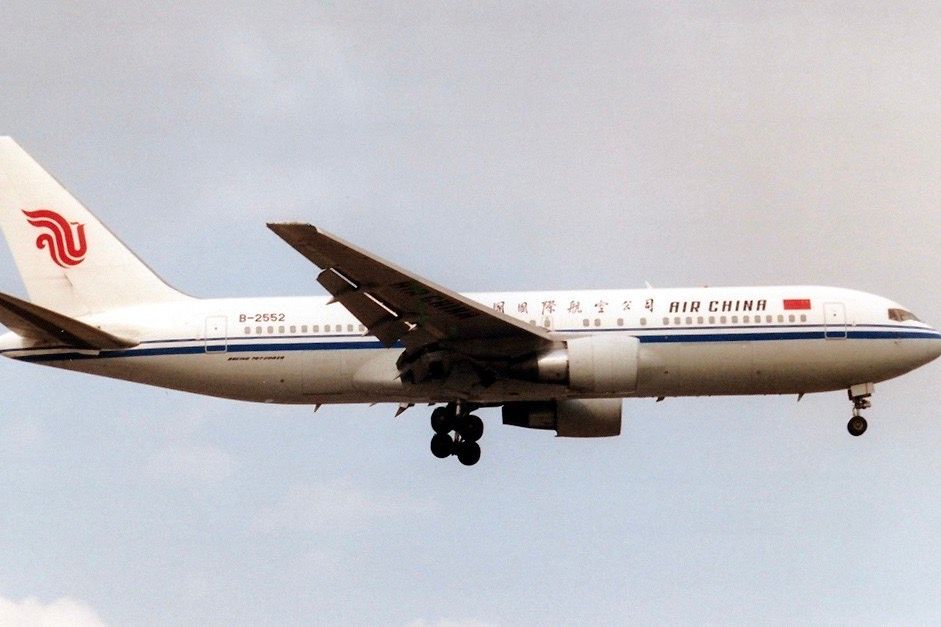
Related
Air China Flight 129: A Cabin Crew Perspective
A mistake that turned into a miracle for some survivors of the brutal accident.
Air China’s status as the only Chinese airline allowed to fly the national flag on its aircraft highlights its role as a symbol of national pride. The airline is frequently used for state visits and diplomatic missions, playing a vital role in China’s international relations. And the incredible revenue growth in 2023 against 2022 proves the airline’s success:
|
Year |
Revenue |
Approximate USD Equivalent |
|
2022 |
62.72 billion yuan |
$8.362 billion |
|
2023 |
157.37 billion yuan |
$20.983 billion |
4
Turkish Airlines
Fleet Size: Over 350 aircraft
Turkish Airlines, Turkey’s flag carrier, is an aviation powerhouse, ranking as the world’s third-largest airline in terms of destinations served, with an impressive network of 340 locations worldwide. The airline is 49.12% owned by the Turkish government’s Ministry of Privatization Administration, while the remaining 50.88% is publicly traded. Despite its significant private ownership, Turkish Airlines plays a crucial role in promoting Turkey’s national identity and tourism.
Photo: Markus Mainka | Shutterstock
Turkish Airlines had an impressive financial performance in 2023, reporting significant growth across various metrics despite global challenges. The airline achieved a net profit of approximately $3.1 billion in 2023, driven by strong passenger revenues. This was a substantial increase from previous years, showcasing the airline’s resilience and ability to capitalize on the recovery in global air travel.
|
Metric |
2023 Value |
Year-over-Year Change |
|
Net Profit |
$3.1 billion |
+14.8% |
|
Total Passengers Carried |
83.4 million |
+14% |
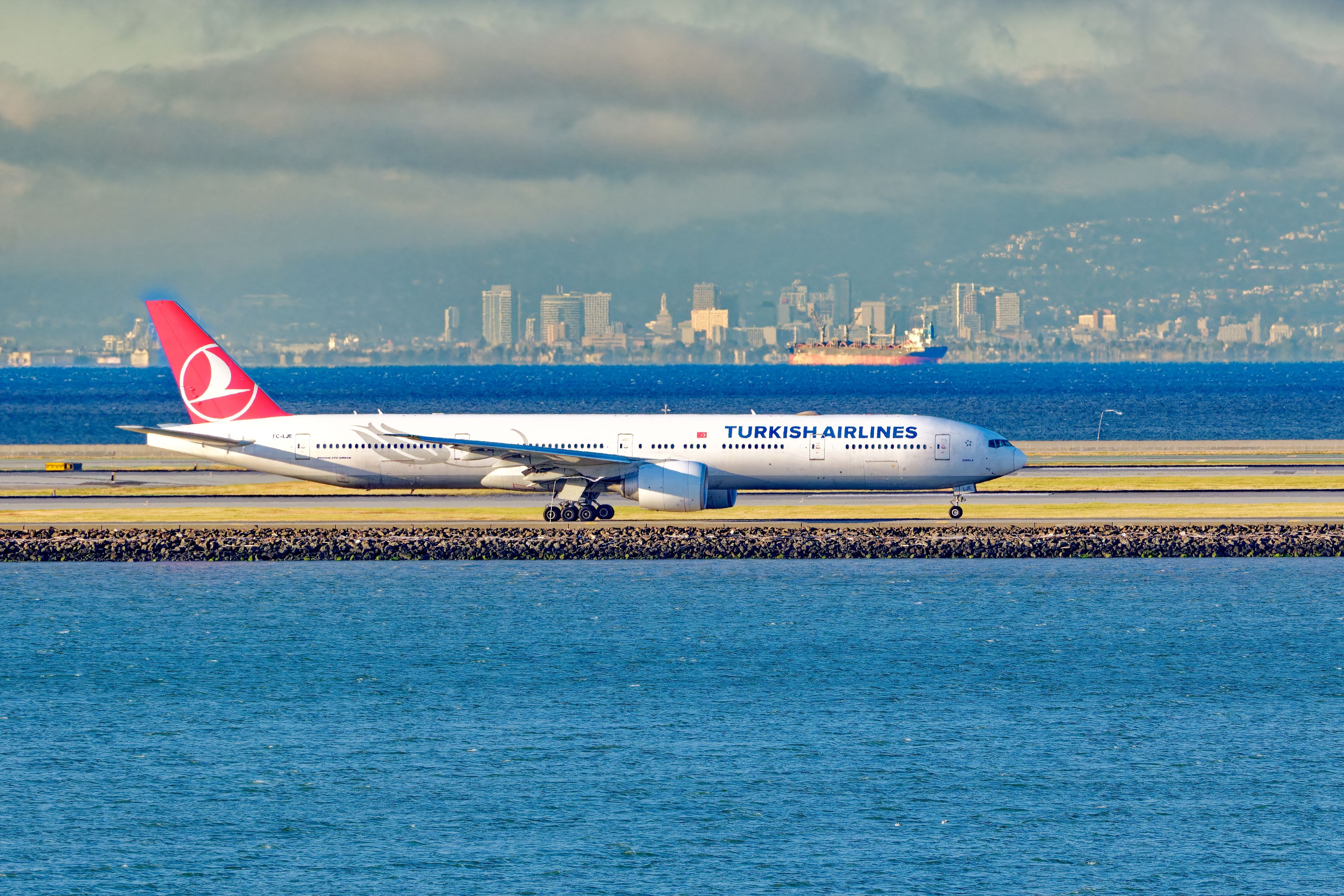
Related
Further Growth: Why Turkish Airlines Is Expanding Its US Service
The carrier will operate over 150 weekly roundtrips to the US this summer.
In terms of operational achievements, Turkish Airlines carried over 83.4 million passengers, marking a 23.5% increase in domestic capacity and a 16% increase in international capacity compared to 2022. The airline’s extensive network and strategic positioning have allowed it to exceed its 2019 international capacity by 27%, a remarkable feat in the current aviation landscape.
5
Emirates
Fleet Size: Over 260 aircraft
Emirates, the flagship carrier of Dubai, is wholly owned by the government of Dubai through the Investment Corporation of Dubai. The airline operates a fleet of over 260 aircraft, primarily Boeing 777s and Airbus A380s, serving more than 130 destinations across six continents. Emirates posted a profit of nearly $3 billion in 2022, reflecting its strong position in the global aviation market.
In terms of revenue, here are the impressive figures:
|
Year |
Revenue (AED) |
Approximate USD Equivalent |
|
2022 |
104.4 billion AED |
$28.4 billion USD |
|
2023 |
115.0 billion AED |
$31.3 billion USD |
Photo: Emirates
Emirates is renowned for its luxurious in-flight experience, particularly on its A380 aircraft, which feature first-class suites, onboard showers, and lounges. The airline’s commitment to luxury and service has earned it a loyal customer base and numerous awards, making it a leader in global aviation.
6
Air France
Fleet Size: 243 aircraft
Air France, a cornerstone of European aviation, operates a fleet of 243 aircraft, serving more than 220 destinations worldwide. As part of the Air France-KLM Group, the airline benefits from the scale and resources of one of the world’s largest airline conglomerates. The French government holds a 28.6% stake in Air France-KLM, giving it significant influence, though not full control. Foreign investors, including China Eastern Airlines and Delta Air Lines, also hold shares in the parent company.
Touching on revenue in 2022 vs 2023, here’s a table comparing the revenue of Air France:
|
Year |
Profit |
Approximate USD Equivalent |
|
2022 |
+25.67 billion euros |
+$27.58 billion USD |
|
2023 |
+30.23 billion euros |
+$32.54 billion USD |
Air France’s historical significance is underscored by its role in the development and operation of Concorde, which revolutionized transatlantic travel. Today, the airline continues to innovate, focusing on sustainability and reducing its environmental impact through fleet renewal and eco-friendly initiatives.
7
Qatar Airways
Fleet Size: Over 230 aircraft
Qatar Airways, entirely owned by the Qatari government, operates a modern fleet of over 230 aircraft and serves more than 170 destinations globally. The airline saw a profitable year in 2022, generating over $1.2 billion, partly due to the increased travel demand during the FIFA World Cup.
Photo: Miguel Lagoa | Shutterstock
Here’s a snapshot of Qatar Airways’ revenue in the years 2022 and 2023:
|
Year |
Revenue (QAR) |
Approximate USD Equivalent |
|
2022 |
68.6 billion QAR |
$18.8 billion USD |
|
2023 |
83.1 billion QAR |
$22.8 billion USD |
Qatar Airways is not just a commercial airline but also a key instrument of Qatari diplomacy. Its high standards and luxury services make it a symbol of Qatar’s global ambitions and hospitality, frequently earning it top accolades in the aviation industry.
8
Aeroflot
Fleet Size: 168 aircraft
Aeroflot, Russia’s flag carrier, has long been synonymous with Russian aviation. Before the invasion of Ukraine in 2022, the airline was serving 146 destinations and was a key member of the SkyTeam global alliance. However, the geopolitical landscape has drastically altered Aeroflot’s operations and ownership structure.
The Russian government, which already owned 73.77% of the airline, has since repossessed shares held by creditors in countries that imposed sanctions following the conflict. This move has further consolidated state control over the airline, which now faces a dramatically reduced network of just 110 destinations.
Photo: Media_works | Shutterstock
The war and subsequent sanctions have not only shrunk Aeroflot’s route network but have also forced the airline out of international alliances, such as SkyTeam. The full implications of these changes to Aeroflot’s long-term strategy and operations are still unfolding, but it is clear that the airline’s future is closely tied to the outcome of the ongoing conflict. Should the war end, Aeroflot may undergo further changes in its ownership and operations, potentially reshaping its role in both Russian and global aviation.
9
Korean Air
Fleet Size: 157 aircraft
Korean Air, the flag carrier of South Korea, is a major player in the global aviation industry, serving 121 destinations with a fleet of 157 aircraft. The airline’s origins as a state-owned entity have left a lasting legacy in its current ownership structure. Although it has since been privatized, the South Korean government still maintains a significant influence through various state-owned entities. The government directly holds around 10% of the airline, with the Korea Development Bank and the National Pension Service of Korea owning 3% and 7% of shares, respectively.
Photo: Korean Air
Take a look at Korean Air’s revenue for the years 2022 and 2023:
|
Year |
Revenue (KRW) |
Approximate USD Equivalent |
|
2022 |
19.8 trillion KRW |
$10.82 billion USD |
|
2023 |
22.5 trillion KRW |
$12.24 billion USD |
In addition to the direct government stakes, the airline’s largest shareholder, the Hanjin KAL Group, also has ties to the government. The Korean Development Bank, which is state-owned, controls over 10% of Hanjin KAL’s shares, further reinforcing the government’s influence over Korean Air.
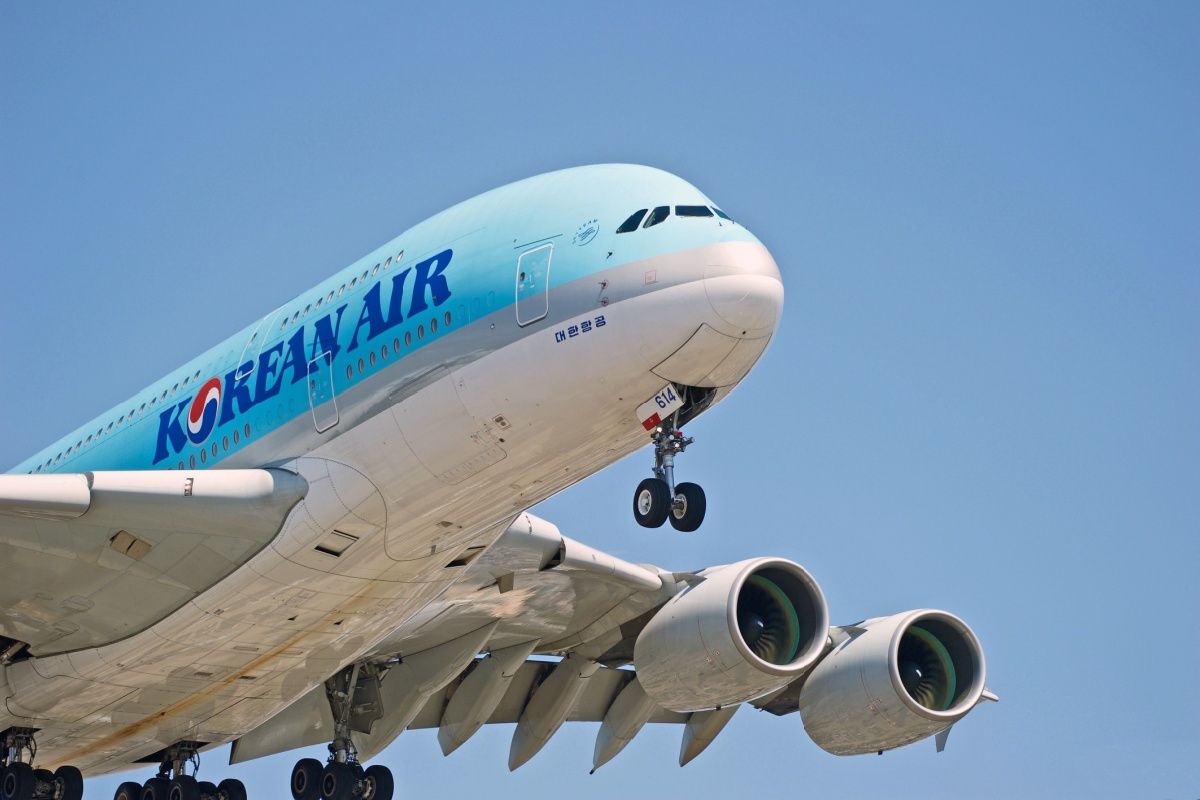
Related
Korean Air Removes Instant Noodles From Inflight Menu As Turbulence Safety Measure
The airline cites passenger safety as the reason for this change.
This unique ownership structure allows the airline to operate with a level of independence while still aligning with the strategic interests of the South Korean government. Korean Air’s commitment to providing stock ownership options to its employees is another distinctive feature, with 4.3% of the company being controlled by the airline’s staff. This approach not only incentivizes employees but also aligns their interests with the overall success of the airline.
10
Vueling
Fleet Size: 125 aircraft
Vueling, a Spanish low-cost carrier based in Barcelona, connects 148 destinations with a fleet of 125 narrowbody aircraft. While the airline is based in Spain, its state ownership comes from the Qatari government, which owns a 25.43% stake in Vueling’s parent company, International Airlines Group (IAG). This ownership structure means that, while Vueling operates as a private company, it is influenced by the strategic interests of the Qatari government. Vueling’s position within the IAG group allows it to benefit from the resources and network of one of the largest airline conglomerates in the world.
Photo: Ivan Berrocal | Shutterstock
The backing of the Qatari government through its stake in IAG provides Vueling with financial stability and access to broader resources within the airline group. This allows Vueling to expand its operations and maintain its competitive pricing, which is crucial in the highly competitive low-cost carrier market. Additionally, Vueling’s position within the IAG group means it can leverage synergies with other airlines in the group, enhancing its operational efficiency and customer service offerings. Despite its low-cost model, Vueling continues to be a significant player in the European aviation landscape.
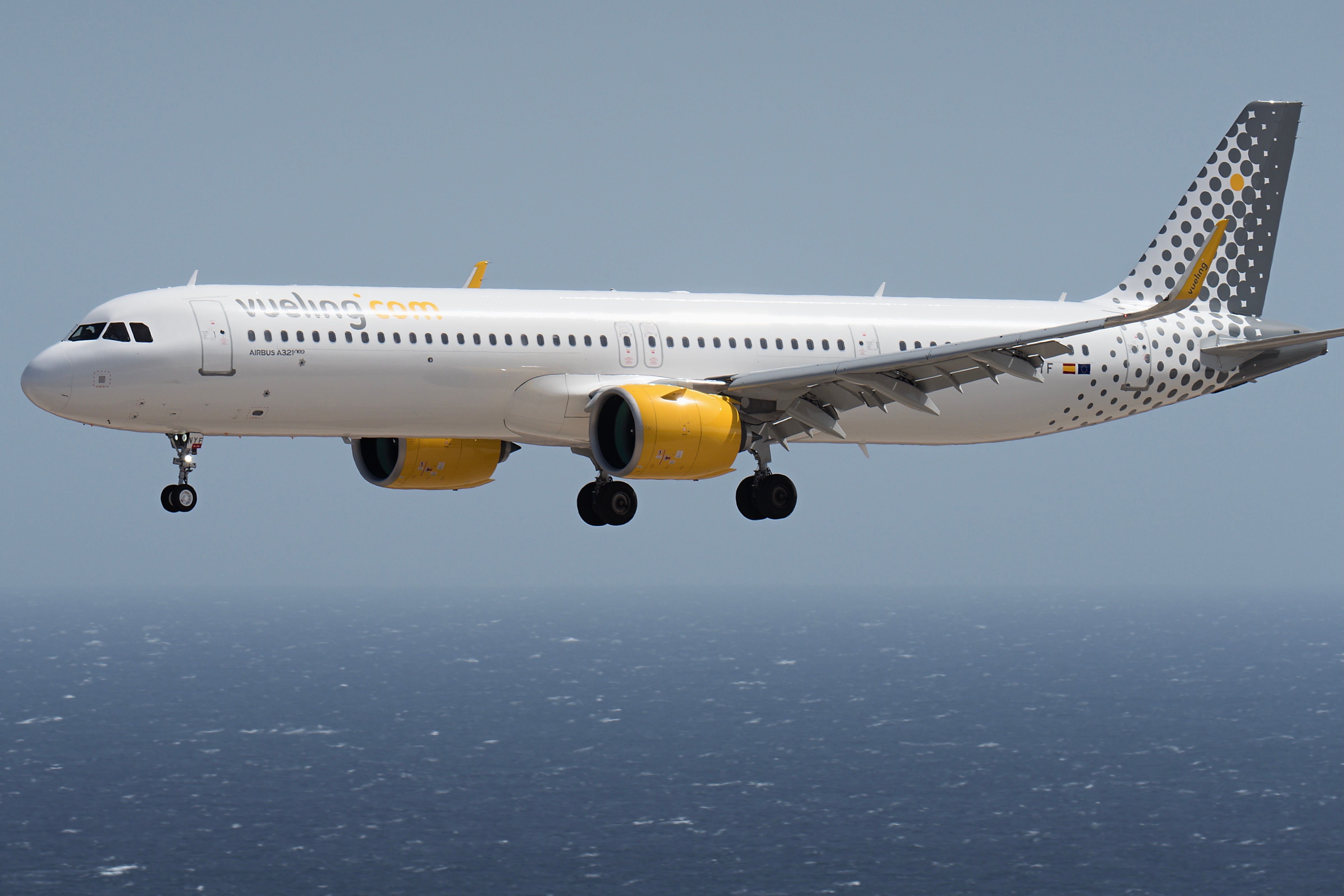
Related
Low-Cost Reliability: How Vueling Balances Frequency With Punctuality
The carrier had a busy yet smooth year.
Here’s a breakdown of Vueling’s revenue for 2022 vs 2023:
|
Year |
Revenue (EUR) |
Approximate USD Equivalent |
|
2022 |
7.4 billion EUR |
$7.9 billion USD |
|
2023 |
8.1 billion EUR |
$8.7 billion USD |

